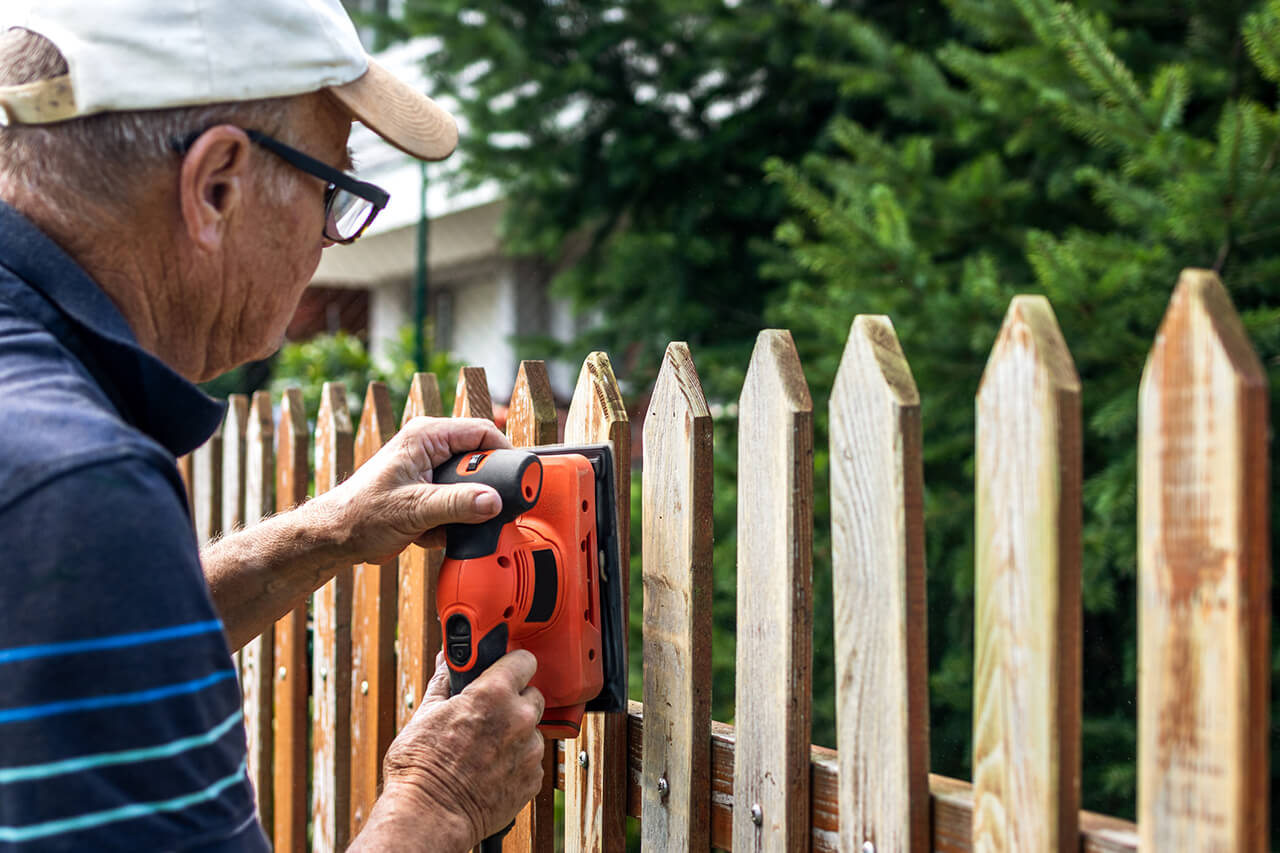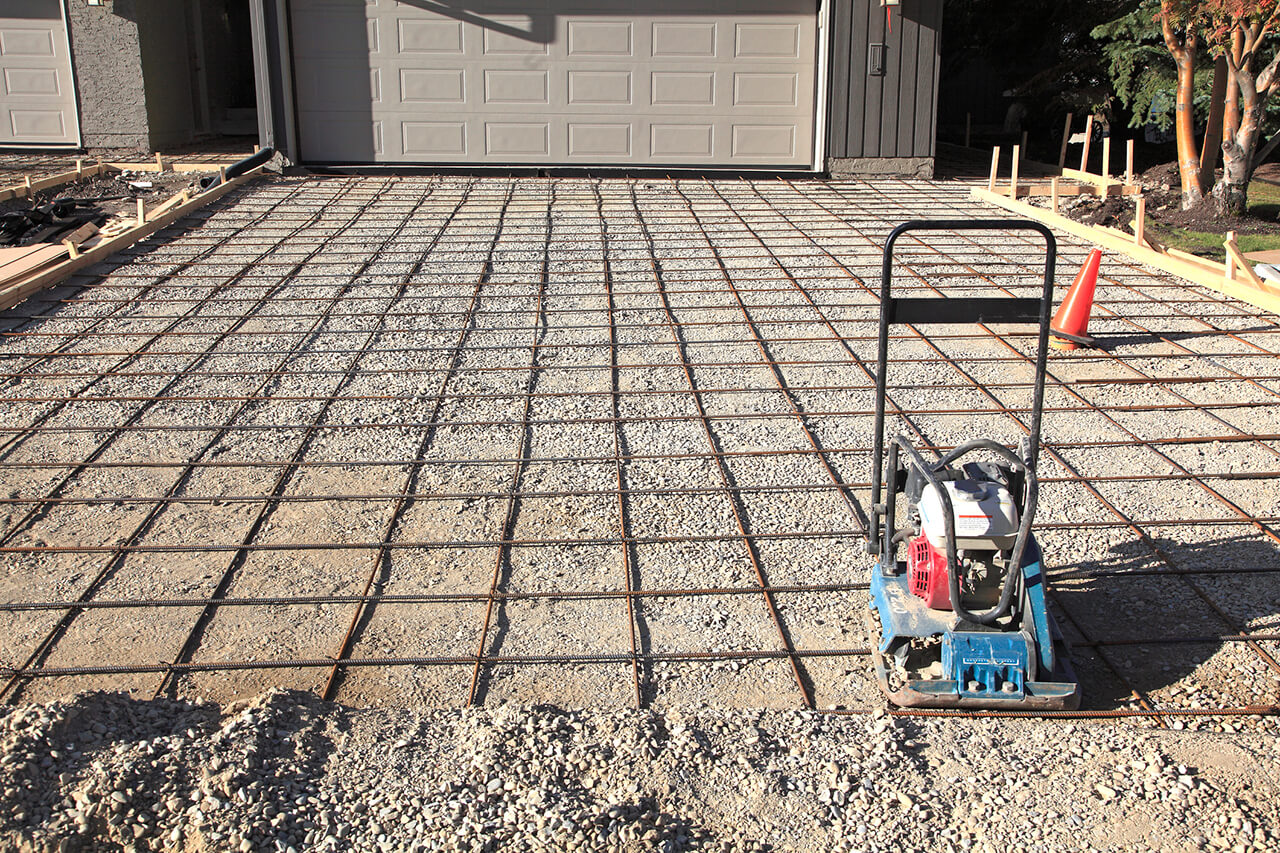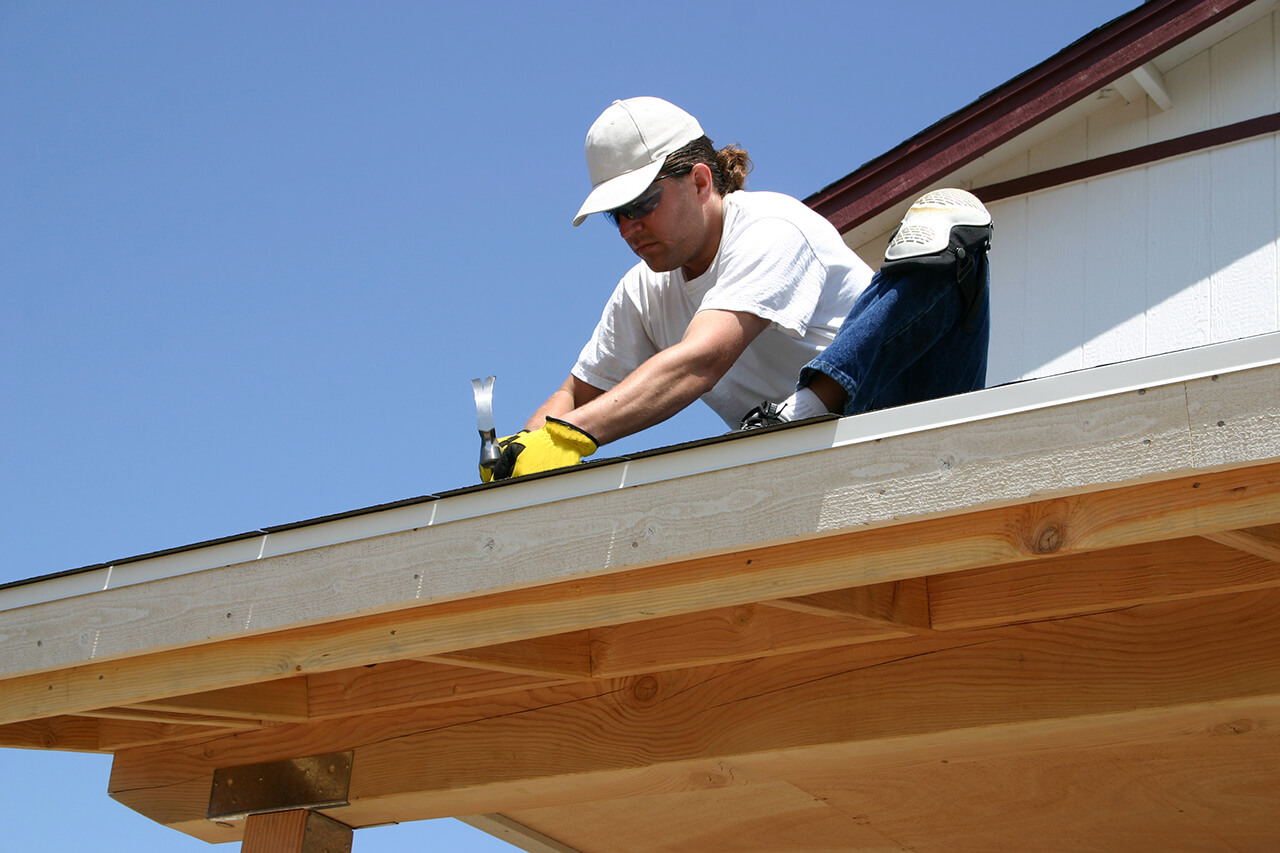How Much Does a Retractable Awning Cost in 2025?


Highlights
The typical cost of a retractable awning ranges from $500 to $25,000, including labor and materials.
A retractable awning costs an average of about $3,100 for most homeowners.
Larger retractable awnings cost more, with a typical range of $10 to $25 per square foot.
Motorized retractable awning installation costs more than hand-crank manual canopies.
Other key pricing factors include location, placement, framing, and fabric material costs.
Pricing varies based on the size and model, but an average retractable awning costs about $3,100, including materials and labor. Depending on the type and style you choose, the cost of a retractable awning installed ranges from as low as $500 to as high as $25,000. The warranty and quality of the awning also affect your total retractable awning installation cost.
Average Cost for a Retractable Awning
| Average Cost | High Cost | Low Cost |
|---|---|---|
| $3,100 | $25,000 | $500 |
Retractable Awning Cost Factors
To estimate your budget, consider key retractable awning cost factors like size, materials, and type. Consult with local awning companies who can help you decide on the best solution for your home.
Size
The most common awning size is 10-by-12 feet, and the average retractable awning installation costs around $10 to $25 per square foot. Retractable awnings vary in price depending on size; larger awnings cost more.
| Size (Ft.) | Installation Cost Range |
|---|---|
| 8x10 | $800–$2,000 |
| 10x10 | $1,000–$2,500 |
| 10x12 | $1,200–$3,000 |
| 12x12 | $1,500–$4,000 |
| 12x20 | $2,500–$6,000 |
| 20x20 | $4,000–$10,000 |
Cost by Type
There are many types of retractable awnings. Your awning costs will vary depending on the price of materials and the difficulty of the installation. For example, a manual retractable 10-by-12-foot canopy may have a price as low as $500, while a motorized retractable 20-by-20-foot canopy can go as high as $25,000.
| Awning Type | Average Cost Range |
|---|---|
| Canopy | $500–$6,000 |
| Drop-arm | $500–$6,500 |
| Freestanding | $300–$7,000 |
| Motorized | $1,000–$25,000 |
| Vertical | $750–$7,500 |
Canopy
Manual retractable canopies are the most common type of retractable awning, priced from $500 to $6,000, including installation. They attach to the home, roof, or pergola and can be operated by a crank or motor.
Drop-Arm
A retractable drop-arm canopy ranges in price from $500 to $6,500. As indicated in the name, the fabric on this type of canopy attaches to an arm that stretches and supports it from underneath when fully opened, then retracts when the canopy is closed.
Freestanding
Designed to stand away from a home or other structure, freestanding retractable canopies run from $300 to $7,000, depending on the design.
For example, a 10-by-10-foot freestanding pergola with a metal frame that isn’t retractable would run at the lower end of the cost range, while a 15-by-20-foot canopy with built-in lights and a Bluetooth speaker would fall at the higher end of this price range. This is a good choice if you don’t want to permanently change your home's structure.
Motorized
Motorized canopies range from $1,000 to $25,000 and come in various styles, including freestanding. They’re the easiest to maneuver as they come with a motor that does the work for you, though you will need to hire a local licensed electrician to help you install it.
Vertical
Vertical awnings range in cost from $750 to $7,500. They can be either manually run or motorized. A retractable vertical drop works similarly to a window shade as you pull it down to shield a patio or sunroom from light.
Material
A retractable awning consists of two main parts: the fabric and the frame. Each component has its own pricing considerations.
Awning Fabric
Retractable awning fabric is usually made of either vinyl or acrylic. Both are similar in price at between $150 and $2,500 for the awning fabric itself, depending on size and design. A small shade cloth for a patio would fall at the lower end of the pricing spectrum, while a large retractable awning would cost more. Consider the differences in awning fabric replacement cost when budgeting to install a retractable awning for the first time.
Frame Material
Prices for awning frame materials vary widely, depending on which material you choose. A metal awning costs more than an equivalent wood frame in most cases, but a metal frame will almost certainly have a longer lifespan and require less upkeep than a wood one.
Location
Your geographic location can affect how much it costs to install a retractable awning. Here are some price guides for a few areas across the country.
| Location | Average Cost Range |
|---|---|
| Albany, NY | $600–$7,400 |
| Austin, TX | $300–$10,000 |
| Boise, ID | $300–$5,500 |
| Boston, MA | $700–$4,600 |
| Cincinnati, OH | $1,600–$9,000 |
| Fargo, ND | $400–$7,000 |
| Memphis, TN | $800–$4,400 |
| Miami, FL | $425–$10,000 |
| Phoenix, AZ | $600–$7,000 |
| Reno, NV | $14,000–$21,000 |
Brand
Like all products, the brand of retractable awning you choose influences how much you pay for it. While prices range quite a bit, the following brands remain some of the most popular.
| Brand | Average Cost Range |
|---|---|
| Aleko | $500–$2,000 |
| KE | $700–$3,000 |
| Sunesta | $900–$4,000 |
| SunSetter | $1,000–$3,000 |
| Sunair | $2,200–$7,000 |
Placement
Where you want to place your awning can also impact how much your retractable awning installation costs. Installing a fully motorized awning over a pool, for example, is more costly than placing a crank awning on a pergola away from your home.
Patio awnings have the highest range of prices because there are so many options. A freestanding one costs less than an attached awning, and a manual one costs less than a motorized one.
Other Retractable Awning Cost Factors
Aside from how much the retractable awning costs for the fabric, frame, and other miscellaneous materials, you must also budget for other retractable awning installation cost factors like labor, permits, and options like heating and technology upgrades.
Labor
Expect to pay a professional $175 to $450 to install a retractable awning, which includes the cost of a general contractor to install the awning and an electrician to install the motor. Local pros usually charge $6 to $9 per square foot, depending on the size, materials, and amount of work involved in the installation.
Permits
Homeowners rarely need permits before installing a retractable awning. If your jurisdiction requires one, building permits cost between $25 and $100 for this type of project. Your pro will know the specifics. If your installation requires electrical work, you may also need an inspection. Confirm with your pro for local requirements.
Heater
Adding outdoor heating costs around $500 to $1,000. Some awnings come with infrared heating, with small heaters installed on the canopy frame.
Mildew Treatment
Depending on the size and type of canopy, mildew-resistant treatments cost $50 to $100 and are usually done before installation. If you’re in an area with a lot of rain and moisture, mildew treatment is necessary to protect your canopy from damage.
Technology Upgrades
Sensors are typically available on motorized canopies and cost up to $15,000. To protect them from the elements, some awnings have a sensor option that automatically closes the canopy when there’s precipitation or high wind. They may also open automatically when they sense sunshine.
Built-in speakers start at around $200 and are mounted inside the awning. Installing speakers in your awning allows you to listen to music outdoors. Ask speaker installers in your area for more information.
Does Installing Retractable Awnings Increase Home Value?
Retractable awnings can contribute to your home’s overall value and marketability. While they may not provide a direct dollar-for-dollar return on investment (ROI), retractable awnings can increase curb appeal and extend functional outdoor living space, which are very attractive features to potential buyers.
Homeowners may recoup 50% to 60% of their retractable awning installation costs through increased property value, but the biggest benefit is the enhanced aesthetic appeal to entice buyers during showings.
Budgeting for Retractable Awnings
When installing a new retractable awning, careful planning and strategic decision-making can help ensure you get good value and the most functionality for your money:
Discuss your options with at least three local contractors to compare pricing and availability.
Pay close attention to your property’s sun patterns to decide on the optimal awning location to maximize shade during the hottest parts of the day.
Select awning fabrics with UV protection, water resistance, and mildew protection to extend the lifespan of your investment.
Check with local regulations and HOA guidelines regarding awning installations to avoid potential issues or fines.
For motorized awnings, choose high-quality motors for peace of mind about long-term reliability.
Consider extended warranty options to offset possible awning repair costs in the future.
Budget for long-term maintenance, including regular cleaning, motor servicing, and fabric replacements.
Compare wind resistance ratings, especially in areas with high winds and severe weather conditions.
How HomeAdvisor Gets Its Cost Data
No place is more important than your home, which is why HomeAdvisor connects homeowners with local pros to transform their houses into homes they love. To help homeowners prepare for their next project, HomeAdvisor provides readers with accurate cost data and follows strict editorial guidelines. After a project is complete, we survey real customers about the costs to develop the pricing data you see, so you can make the best decisions for you and your home. We pair this data with research from reputable sources, including the U.S. Bureau of Labor Statistics, academic journals, market studies, and interviews with industry experts—all to ensure our prices reflect real-world projects.
Frequently Asked Questions
The lifespan of your retractable awning depends on the material and the quality of the frame. A robust aluminum frame can last up to 20 years or more, but the fabric may be more affected by weather. You may need to swap out the fabric of your retractable awning every 10 years or so, possibly longer if it has a protective coating against inclement weather. Motorized retractable awnings can last anywhere from five to 15 years or more.
Retractable awnings are not designed to be used in the rain. They are usually meant to provide shade on dry, sunny days, not to protect people and furnishings from precipitation, and certainly not against heavy storms. The retractable awning may be fine with a light drizzle, but you should retract it if you expect inclement weather or severe storms.
Depending on your local climate conditions, some retractable awnings can be used all year around, including throughout the winter and summer. However, you should carefully check the instructions for your specific product and find out what steps you should take to winterize the awning fabric. Sometimes, you can purchase a special cover to place over the material during winter.








